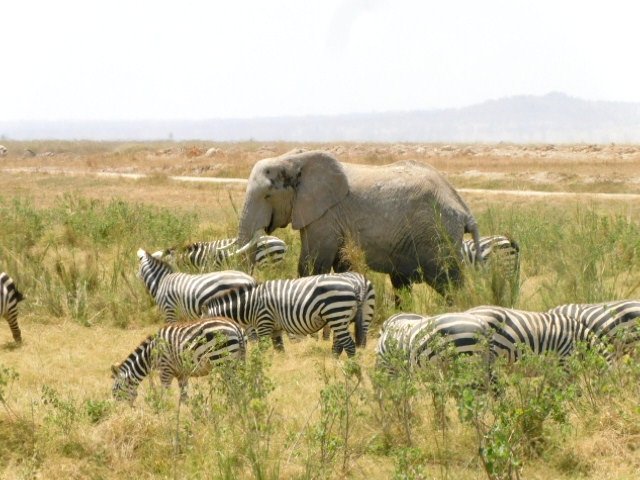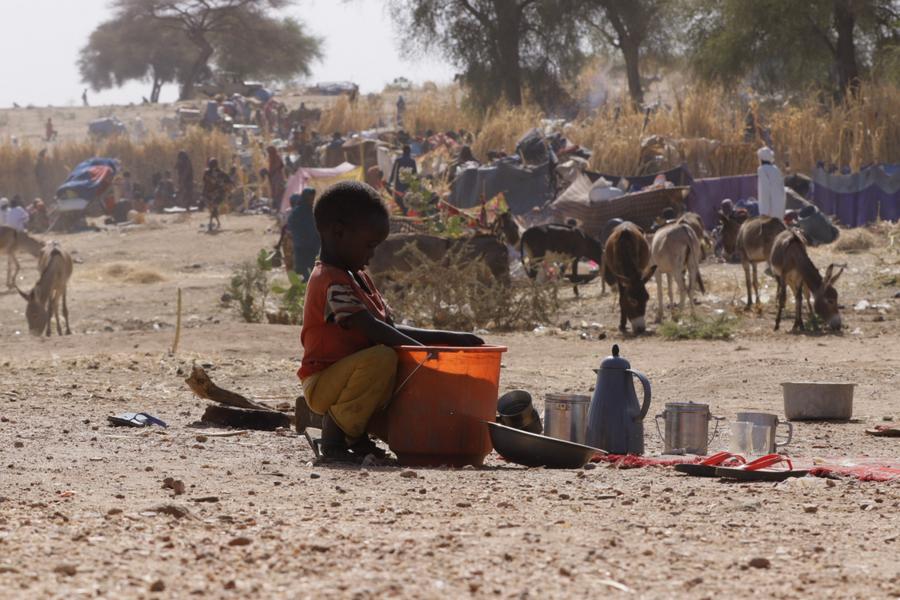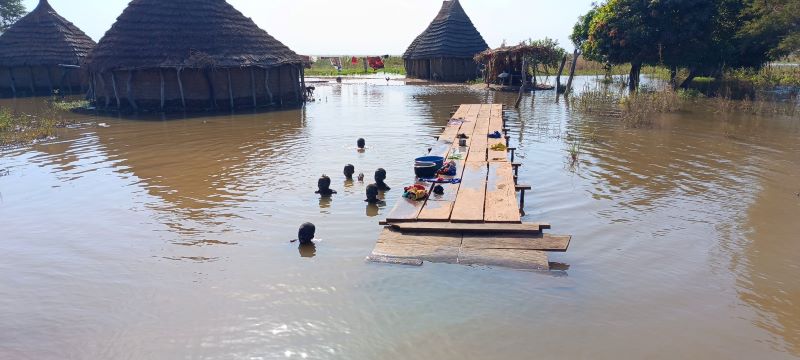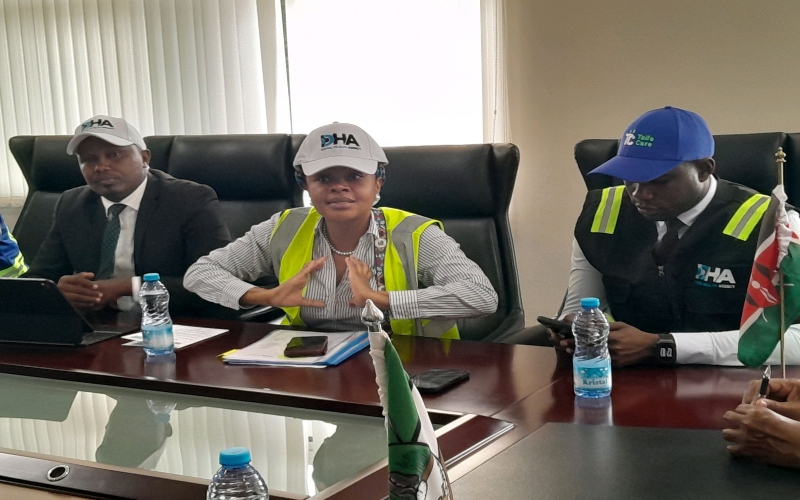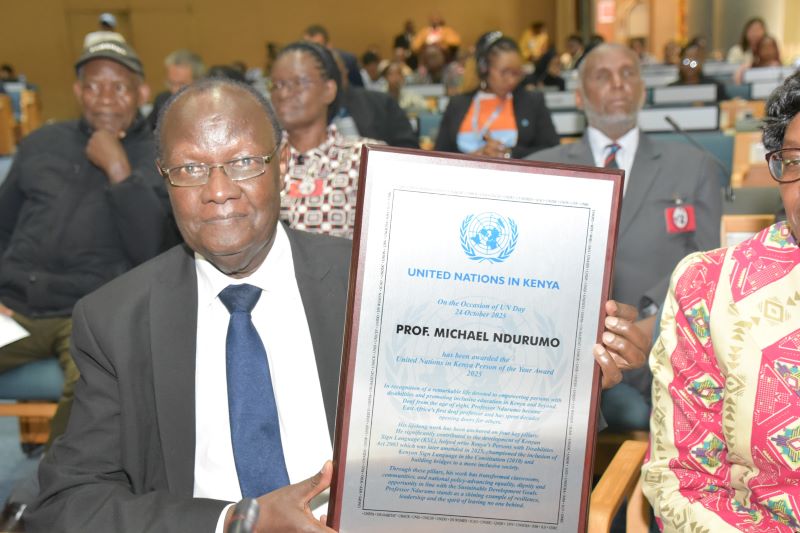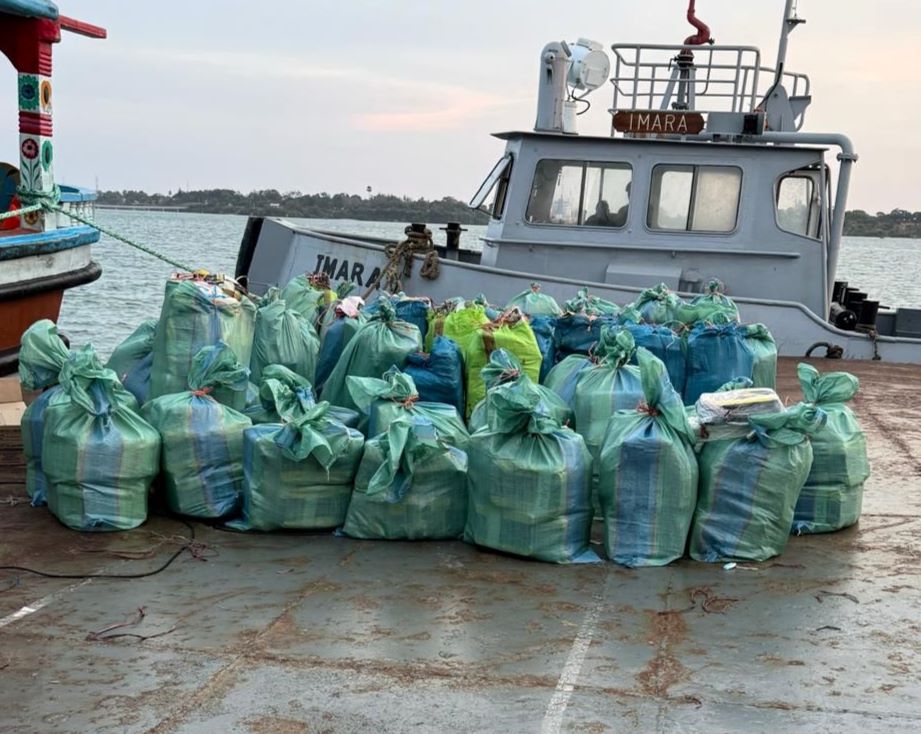Concerns raised as indigenous fish species in Lamu's freshwater lake dwindle
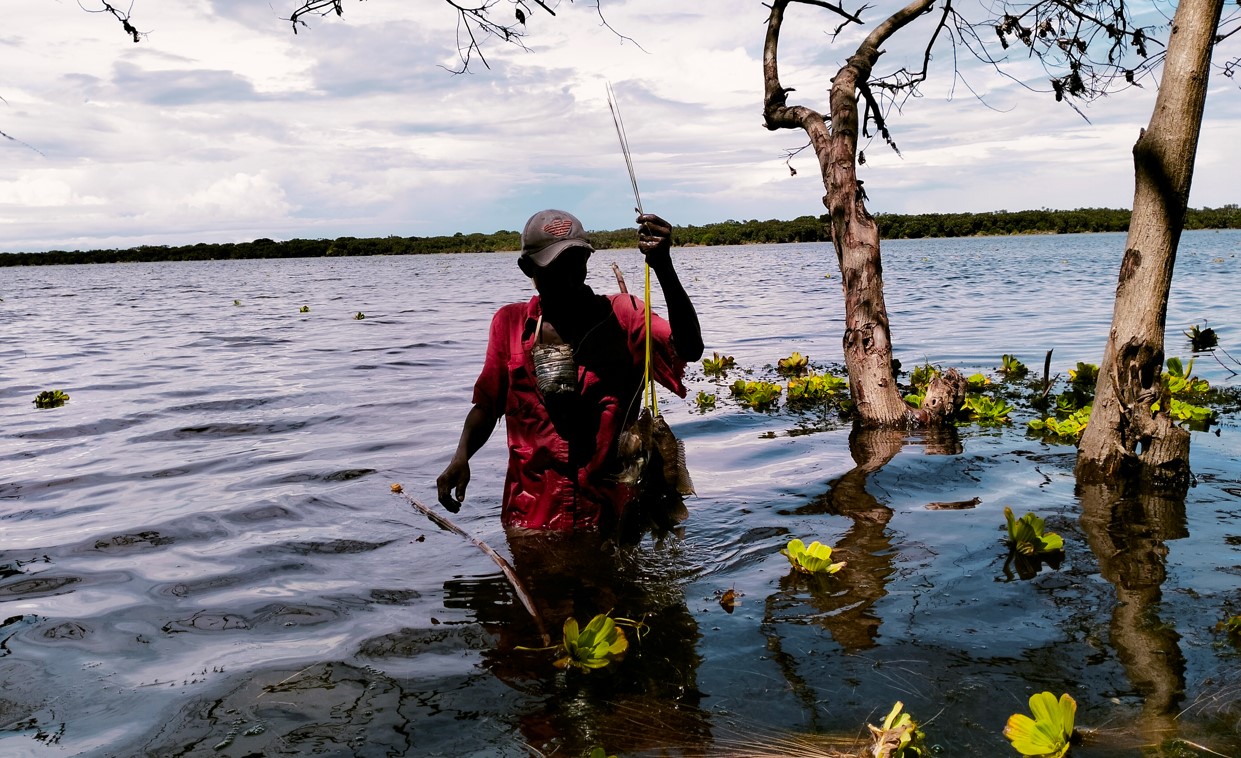
The lake is also impacted by overgrazing and sand harvesting, pollution, and competition for its resources pitting farmers against pastoralists.
For over 30 years, Emmanuel Oketch, a fisherman, was making a killing from a variety of fish that were available at Lake Kenyatta in Mpeketoni, Lamu County.
However, the continued disappearance of indigenous species of fish at the only freshwater lake in Lamu County is now raising concerns among the fisherfolk.
More To Read
- Kiunga residents in Lamu raise concerns over weapon testing near homes
- Lamu becomes first county to introduce digital mental health training
- Lamu County turns to solar as widespread blackouts disrupt daily life
- Lamu County, Jubaland vow to strengthen cross-border ties in trade, health and security
- Lamu fishermen laud establishement of new cold storage facility in Kiwayu
- 20 arrested in Malindi crackdown on criminal gangs and drug networks
Ten years ago, fish such as eel, mormyrus, nylon, milkfish, alestes, and synodontis, among others, were highly populated at the lake. Today, such fish species are completely unavailable.
Oketch, 55, has been fishing at the lake since he was 25 years old.
But because of climate change and lower fish yields, Oketch is worried that he has nothing to show for his over 30 years as a fisherman.
Due to the dwindling fish stock at Lake Kenyatta in recent years, he is now thinking of quitting his job but he has nowhere else to go and no other economic activity for feeding feed his family.
“About ten years ago, I used to make not less than Sh2,000 a day just from fishing here in Lake Kenyatta. Today, the daily income has dropped to Sh500 or even less. I am thinking of quitting the venture. It’s no longer sustainable,” said Oketch.
Samuel Musyoka, another fisherman who is also the Lake Kenyatta Beach Management Unit (BMU) chairperson, said only three fish species — tilapia, catfish, and mudfish — are found in the lake today.
Smaller size
Even the few fish species remaining in the lake are majorly of smaller size unlike before when the fishermen used to catch big-sized fish.
This situation is part of the results of continued pollution and destruction of the lake's ecosystem over the years.
In 2017, conservationists were sent into a panic after the lake dried up completely following a prolonged dry spell that hit the region.
“We used to get over 10 fish species from this lake during the years before 2017 when it dried up completely because of prolonged drought. Despite the lake’s lost glory having been restored in recent years owing to the frequent rainfall, the species of fish we’re used to have are no longer available,” said Musyoka.
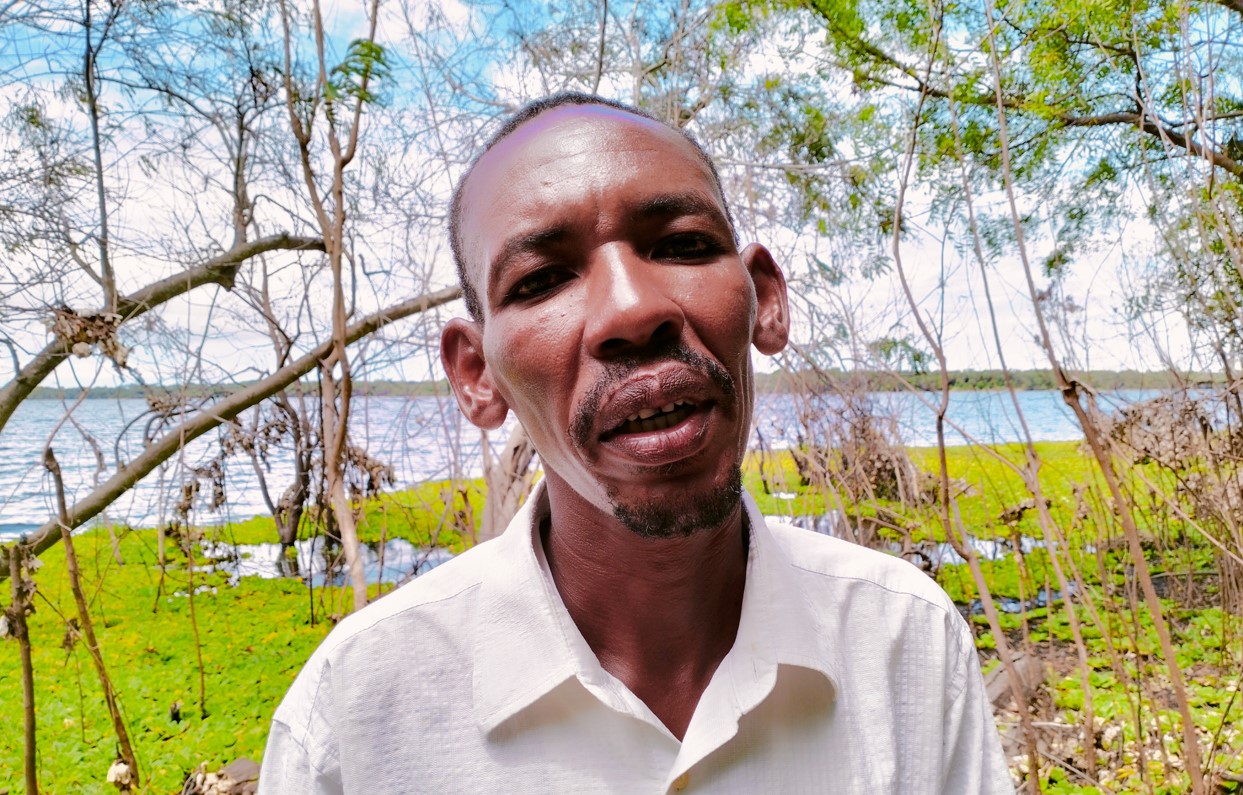 Mr Samuel Musyoka, the Lake Kenyatta Beach Management Unit (BMU) chairperson during the interview. (Photo: Farhiya Hussein)
Mr Samuel Musyoka, the Lake Kenyatta Beach Management Unit (BMU) chairperson during the interview. (Photo: Farhiya Hussein)
Cyrus Munyi, 47, another fisherman who has been in the venture for 25 years, said the loss of key indigenous fish species at Lake Kenyatta has greatly affected their livelihoods.
Munyi notes that for the last five years, their catch, which is important to local livelihoods, has been on a rapid decline.
“I started fishing here when I was only 22 years old. Those days, I would catch between 10 to 15 kilogrammes of fish in a single day, most of which were big-sized. Today, even getting two kilogrammes of fish in a day is a challenge. Sometimes we even go back home almost empty-handed with just a few pieces of mostly small fish,” said Munyi.
Lamu Senior Fisheries Officer Simon Komu attributed the decreased fish species’ population at Lake Kenyatta in recent years to several factors.
They include overfishing, overgrazing, infestation by weeds, siltation, and the general habitat and climate change.
County management plan
Komu called for a concerted effort from all to have such factors addressed, especially through the formation and implementation of a county management plan.
“Currently, we don’t have a management plan for the same and this poses a big challenge to the preservation and protection of the lake. Since the population can't be replaced through natural reproduction, then their numbers shall continue to go down,” said Komu.
During a recent tour of the lake, conservationists from Wetlands International, a global not-for-profit organisation dedicated to the conservation and restoration of wetlands, stressed that Lake Kenyatta is the county’s main freshwater supply for both man and nature, hence the need to ensure it is fully protected.
Wetlands International Regional Project Officer Lilian Nyaega said besides being a source of water and an attraction for community livelihoods, Lake Kenyatta is also home to birds, aquatic and terrestrial species such as fish, reptiles, and mammals, particularly hippopotamuses.
Nyaega expressed concern that Lake Kenyatta is under severe threat owing to several factors, mainly human-induced and climate change impacts such as excessive water abstraction for irrigation, unsustainable fishing, encroachment, and conversion of land in the buffer zone for agriculture.
The lake is also impacted by overgrazing and sand harvesting, pollution, and competition for its resources pitting farmers against pastoralists, and man against wildlife.
“As Wetlands, together with the devolved government under Governor Issa Timamy, we’re spearheading Lake Kenyatta’s restoration,” said Nyaega.
She revealed that in February 2024, through the facilitation of Wetlands International, the county government of Lamu brought together various key stakeholders from national government agencies, county government experts, CBOs, and NGOs to draw a road map to help save the lake.
“The roadmap addresses various legal, ecological, social and economic aspects and would accord an opportunity to different stakeholders, including development partners and donors to contribute to the restoration of Lake Kenyatta and its management into the future,” said Nyaega.
Top Stories Today

